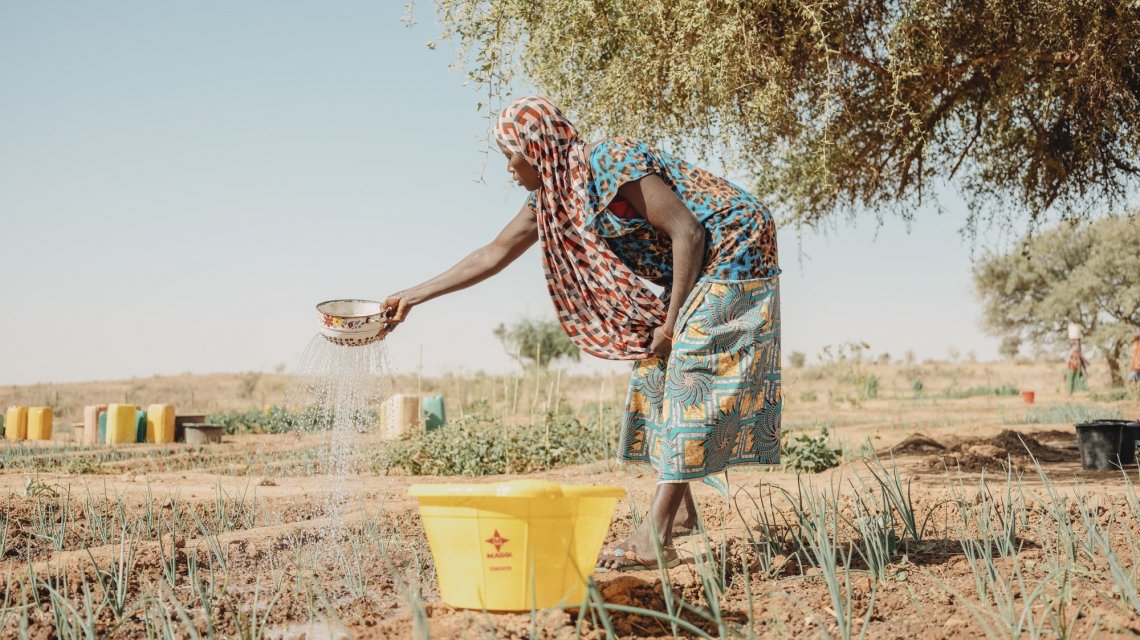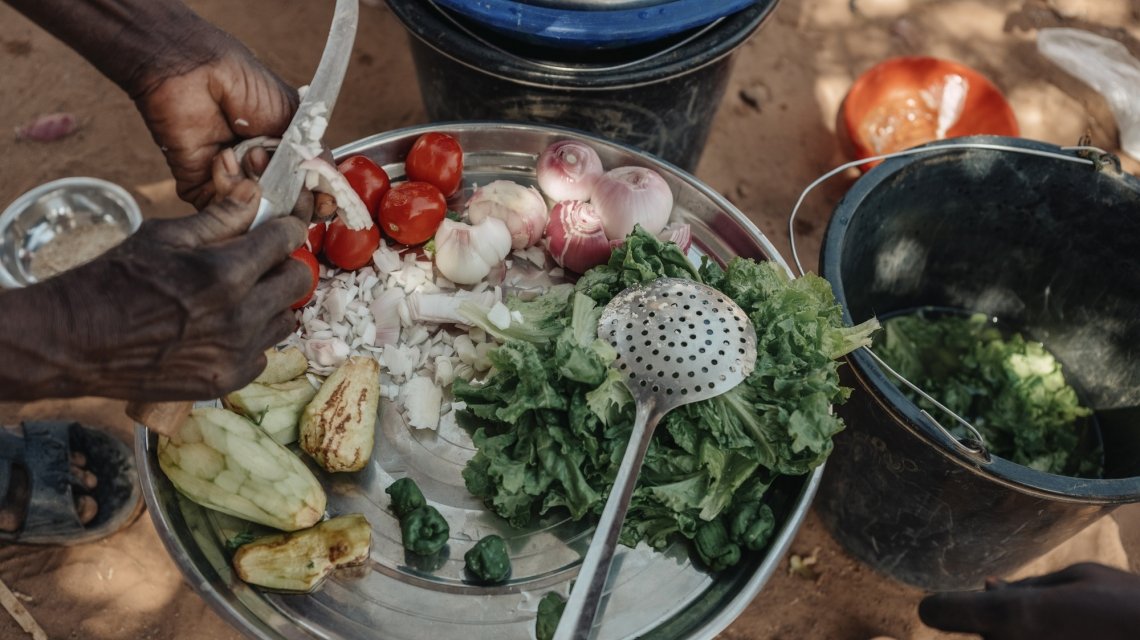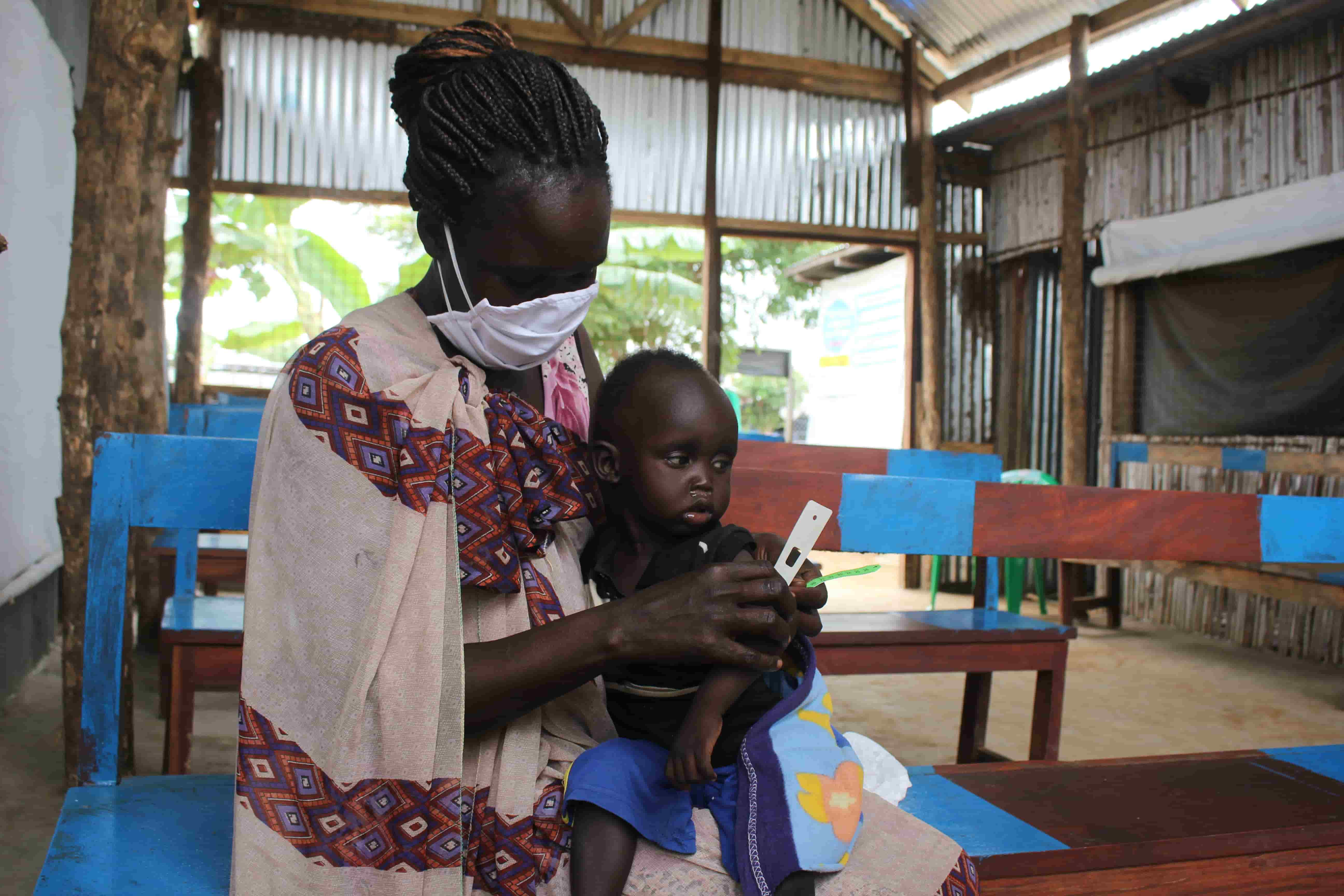News
10 Causes of world hunger
One in 10 people go hungry each day — but why? Learn more in our breakdown.
Read MoreFood security is a basic human right. In fact, having access to at least an adequate amount of nutritious food could be seen as the most basic of all human rights.
However, for hundreds of millions of people, this right is not being met. Usually that's for reasons entirely out of their control. In this article, we will discuss why this is happening, the impact that food insecurity has on those affected, and what we can do — both as individuals and collectively — to right these wrongs.
Food security is the measure of an individual’s ability to access food that is nutritious and sufficient in quantity. Some definitions of food security specify that food must also meet an individual’s food preferences and dietary needs for active and healthy lifestyles.
The concept of food security can be broken down into four main components known as the Four Pillars of Food Security.
The existence of food within a community. This is closely linked to the efficacy of food production. Availability can become an issue when there is a lack of necessary resources, such as water for irrigation or when land being used for food production is damaged or degraded.
Simply having enough food in a community means very little if there is poor access to it. True food security means that individuals have the resources they need to obtain a sufficient quality of nutritious food. Access to food is affected by a myriad of physical, social and policy related factors. Factors such as pricing, household proximity to suppliers, and infrastructure all affect our access to food.
Not all food is of equal or sufficient value. To be food secure, it is crucial that the food being accessed is of a good quality, nutritious, and healthy enough to provide the energy people need for their daily activities. It is also crucial that individuals have the necessary knowledge and tools to properly "utilize" the food available to them. This includes having the utilities to properly select, prepare, and store foods that are available and accessible.
Good food stability means that access, availability, and utilization of food remain relatively stable over time. It is important to try to minimise any threats to this stability. Threats to food stability include natural disasters, climate change, conflict, and economic factors such as volatile price fluctuations.

As we have already discussed, food security is a multi-faceted concept. Which begs the question: How is food security assessed? Perhaps unsurprisingly, there are several facets and methods used to assess food security:

Understanding why some people face food insecurity and the effects this can have on them and their families is the first step in helping to mitigate the damage that food insecurity can cause. (You can also read our full story on the top causes of world hunger.)
Conflict stands out as the single biggest factor driving global hunger today. Over 60% of those who are food insecure are living in conflict zones. Conflict forces people to flee from their homes, often leaving behind their only means to a livelihood. Conflict also divides communities and can cause farmers to abandon any long-term agricultural strategies for fear that they will never reap the benefits if they are forced to flee.
After years of stagnation, the number of hungry people in the world rose between 2015 and 2018 by nearly 40 million people, with the greatest rise coming in drought-affected countries in sub-Saharan Africa. An increase in the frequency and severity of natural disasters has devastated some regions, destroying crop yields and limiting the quantity and quality of food available to communities.
According to the UN, the global population will be nearly 10 billion people by 2050. As the population continues to grow, it is necessary that food production and food accessibility grow to match it. Unfortunately, we have already seen in countries that have experienced population booms that resources needed for food production (water supply, croplands) can become scarce when divided, causing food insecurity.
The above list is not exhaustive. Recently, the COVID-19 pandemic has threatened the food security of millions of people worldwide. Reduced incomes, increased unemployment, and higher food prices in many regions have greatly reduced access to food for those affected. Furthermore, necessary boarder restrictions and lockdowns brought in to stop the spread of COVID-19 have caused disruptions to the transportation and production of food.
According to the United Nations, the number of food-insecure people categorised as crisis level or worse has potentially nearly doubled in 2020. The economic fallout of COVID-19 has affected food systems across the board. We have seen disruptions to the financial liquidity of food producers, inflation of basic food items and consumers with reduced incomes unable to meet these rise in prices. It is essential at this time that we work to protect those most at risk while laying the groundwork for a more stable and sustainable future.

Malnutrition can be a devastating reality for those who are food insecure. This is not only because of the associated suffering but also because it can lead to those affected becoming increasingly food insecure. Weakened muscles and cognitive issues associated with malnutrition can make it near impossible for the individuals who are suffering to improve their situation or even to maintain their livelihoods.
When a child does not receive the proper nutrition, particularly during their first 1,000 days from conception to their second birthday, they will likely suffer stunting. This means they will not mentally or physically develop to where they otherwise would, irreversibly damaging their well-being and future prospects. This issue is all too common in countries affected by food insecurity. For example, over one-third of children are affected by stunting in Liberia — which consistently ranks among the hungriest countries in the world.
A recent study on food insecurity in Ethiopia found that those facing food insecurity were more likely to suffer from both depression and anxiety.
The combined effects on mental and physical health paint a devastating picture of the quality of life for those who are food insecure.
Food insecurity can impact all sections of society but there are certain groups who are more likely to be impacted.
Higher food prices hurt mostly the poorest of the poor, especially the landless poor and female-headed households in both urban and rural areas. Unaffordable food prices force families to choose which family member (mother, child or key laborer) should pay the price in terms of reduced health care, education, or food consumption. The high levels of hunger in women around the world show who often draws the short straw.
Small-scale farmers are often most prone to the damaging effect that climate change can have on food security. These farmers are reliant on predictable climate patterns to provide them the yields they need to eat and support themselves financially. Fluctuations in these patterns and increasingly frequent climate disasters can leave farmers, who often lack significant capital or an alternative means to a livelihood, facing acute food insecurity.
According to the Food and Agriculture Organization, when economic crises strike it is the urban poor who can be most affected. This is due, in part, to the fact that they are most likely to suffer unemployment, which can be a major barrier to accessing the food they need.
Food insecurity is a terrible reality that is facing millions of people. But there are steps that we can take, both as individuals and as a collective, to reduce food insecurity and improve the quality of life of those currently affected. Here are some highlights of our solutions to hunger.
Climate change and climate disasters are becoming increasingly devastating for those affected. Small farmers across our countries of work have experienced an increasing number of such events, including floods and droughts, which put their food supply and livelihoods at risk. By helping farmers develop more sustainable and resilient agricultural practices, we can fight back against climate change. Diversifying crop production, improving irrigation and promoting sustainability can lessen the impact of climate disasters, while helping overall food production to increase.
The impacts of conflict and hunger are fundamentally gendered. Women in food-insecure regions frequently report experiencing gender-based violence as a direct or indirect result of conflict. These experiences are closely tied to their responsibilities for the production, collection and preparation of food. The unequal allocation of food is just an example of the discrimination women and girls face in crises. By addressing this discrimination in both food and educational programs, we can help create a safer, more food secure world for women and girls.
Conflict is the primary driver of food insecurity in the world, and the greatest threat to a more stable, prosperous and food-secure future. By creating conflict-sensitive approaches, and ensuring that programs do not further exacerbate conflict, we can effectively prevent food insecurity from affecting those most in need. This requires a deep understanding of conflict dynamics at national and local levels, how they interact and shape one another, and how they can change. Crucially, it also requires an awareness of how programs can influence a conflict environment, and a willingness to act on this and adapt approaches where necessary.
Governments can play a key role in improving the food security of their citizens. A great example of this can be seen in Kenya. Working in partnership with Concern, the Kenyan government has adopted a CMAM (Community-based Management of Acute Malnutrition) Surge approach and implemented the program's ideals into government-run health systems.
Through this approach, seasonal spikes in malnutrition are anticipated so that relief can be provided quickly and effectively where needed. This proactive approach leads to the improvement of food security for those most vulnerable.
Private organizations can have an enormous impact on food insecurity. A great example of this is Concern’s partnership with Kerry Group, who are helping to support our program, Realigning Agriculture to Improve Nutrition.
Realigning Agriculture is making lasting improvements to food security in the Tahoua region of Niger, which builds on a similar program Concern and Kerry ran in Zambia. The program helps diversify and improve the nutritional quality of available diets, while also increasing food production. Crucially, the program also targets the inequalities of food security with a focus on those who are most vulnerable — particularly women and girls. In addition, the program is based on the use of Climate Smart Agriculture, which can help to reduce the climate crisis's impact on farming and protect the means of food production for future generations.